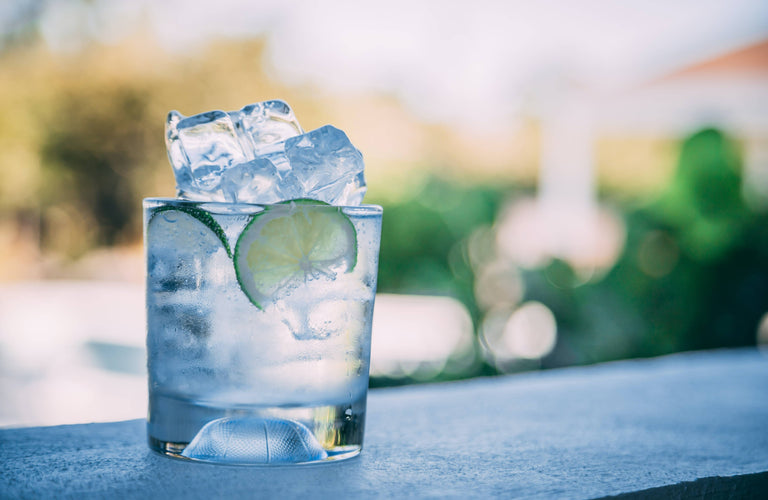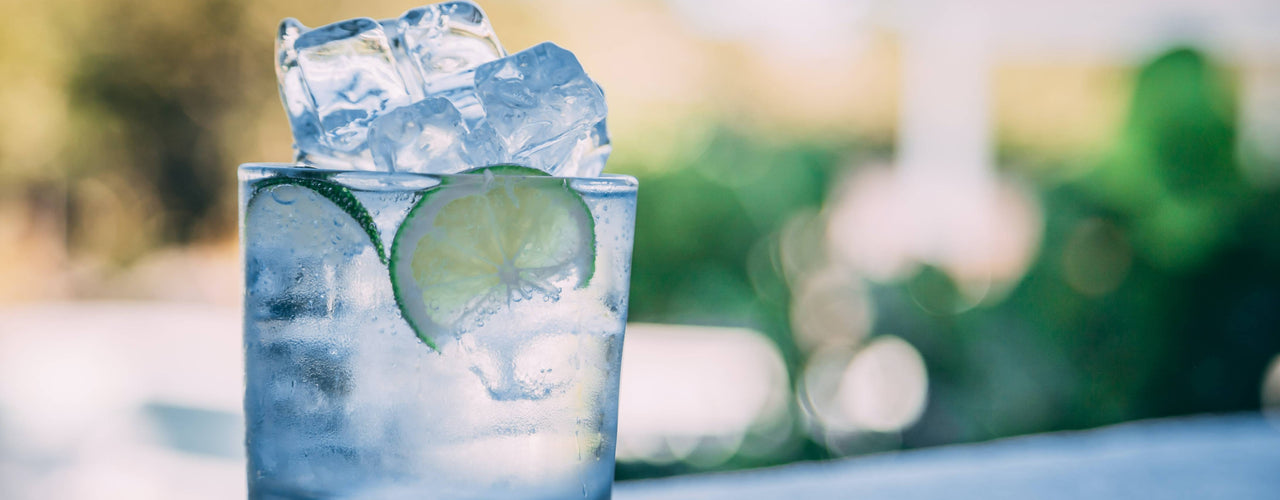Gin and Tonic is currently enjoying a surge in popularity amongst the British public. In recent years we have seen a number of gin brands, including our own, come onto the market and gain favour with the G&T enthusiast. At the same time, there has also been a surge in tonic water brands, giving the shopper more variety than supermarket own-makes and the pub-standard Schweppes. Therefore, we’ve never had more choice in how we take our glass of G&T.
But before we pour ourselves another, let’s think about how this world-renowned drink first came into being. Who invented the Gin and Tonic? Where did it originate? Let’s take a look...
Indian Origins
There are numerous stories about the origin of Gin and Tonic, and many centre around the use of tonic water to stave off Malaria. Tonic water contains quinine, derived from the bark of the cinchona tree, which is a common treatment for the illness and also gives tonic water its bitter taste. One of the first known instances of gin being mixed with tonic water was in Holland in the 1840’s to combat Malaria. The British Army in India also started using tonic water with quinine in it from the 1850’s to fight the disease, both as a preventative and a cure.
In order to effectively treat Malaria, the concentration of quinine in the tonic water would have to be five to ten times larger than that of a modern tonic water. As you can imagine, the result of this would be a very bitter tasting liquid. Therefore another sweeter tasting drink would be needed to be mixed with it to make it more palatable for soldiers to taste. Initially brandy, whisky or rum were used. The Royal Navy preferred to use rum mixed with tonic water to stop their crew from falling ill from Malaria.
Tonic water was patented by Erasmus Bond in 1858 and from the 1860’s it was manufactured in large quantities. There was, unsurprisingly, a large demand from customers in India and the country was a significant export market for tonic water manufacturers. The most famous of these, Schweppes, even marketed their product as ‘Indian Tonic Water’.
Therefore it is fitting that the emergence of Gin and Tonic as a drink sold in cocktail bars was also first located in India. According to Kim Walker and Mark Nesbitt’s book ‘Just the Tonic: A Natural History of Tonic Water’, Gin and Tonic was first mentioned in an 1868 edition of the Anglo-Indian ‘Oriental Sporting Magazine’ where spectators at a horse race were asking for the drink at the end of the event. Through the late 19th century, the drink grew in popularity and was associated with the English who now used it as a cool, enjoyable beverage when living in countries with hot climates such as India and Sri Lanka. By using their gin ration with tonic water, British Army officers were able to combine their daily requirement of quinine to stave off Malaria with their need for a refreshing drink.
Variations on the G&T
Over the years, as the G&T increased in popularity, many variations have been devised and served in cocktail bars around the world. Here are a few of them:
Spanish Gin-Tonic
Gin and Tonic is hugely popular with the Spanish, having developed their own variation on the standard G&T. Known as the Gin-Tonic, it is usually served in a rounded balloon glass and features the additional ingredients of olives and grapefruit with a thyme garnish. The tartness of the grapefruit and the tangy olives add to the bitterness of the tonic water, while the thyme adds fragrance. This variation also uses less tonic than the traditional British G&T made with London Dry Gin.
The Parisian
A sophisticated twist on the original recipe. Add a tablespoon of elderflower liqueur to the gin and mix with equal parts tonic water and champagne. Garnish with a segment of lemon or a sage leaf.
Guilty Pleasure
This version adds mint and chocolate flavours into the mix. Pour the gin into the glass and add a few mint leaves. Add a tablespoon of chocolate liqueur and two dashes of mint bitters. Pour in the tonic water. Garnish with mint leaves and grated dark chocolate.
Sbagliato-nic
This Italian variation on the G&T includes vermouth and Campari. Use a low ball glass and mix equal parts vermouth, gin and Campari. Add the tonic water and garnish with an orange wedge.

